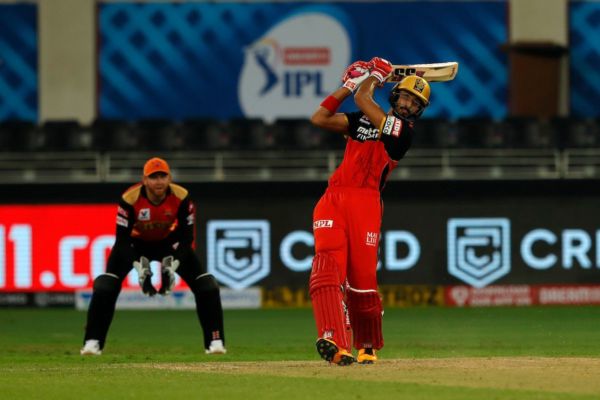
No matter what the format, they are doing something interesting and trying to change the game. If you follow trends in cricket, then England is currently the style icon, for most probably the first time since the '60s. England's control on cricket was fading from an administrative perspective, but their effect on how the game was played had fallen off completely.Īnd then, little by little from Duncan Fletcher through to Eoin Morgan the most straight-laced, beige team in cricket became - to use a Warneism - funky. These were still rare one-offs, and none of them worked enough to change the direction of the game. That same decade, England appointed Adam Hollioake as their ODI captain the following decade they were opening with Mal Loye who was sweeping super-fast bowlers for six. South Africa would be renowned for this, but only years later. 9 and Ian Botham as a slogging opener multiple bowling options and a long batting line-up. They had Derek Pringle - list A average of nearly 26 - batting at No. But this was an early prototype for all-round white-ball cricket. In the 1992 World Cup England are now remembered as a team who got Wasim Akram-ed in the final. Other teams had tried it as a one-off to see if it worked, but England had it as a selection mantra in ODIs before finally committing with Alec Stewart. But by the '80s players like Ian 'Gunner' Gould were being manufactured into wicketkeepers because of their batting. In fact, it started with Jim Parks in the 1960s. They were perhaps the first team to really pick batters who could keep, over keeper-batters in the '80s. This was happening until the mid-90s and it showed that English cricket was stuck in another era.Įnglish cricket tried to give us something new on the field from time to time, but even when they had success with it, cricket wasn't always paying attention. But there were also divisions within cricket, like the county dressing rooms in which players from the same side sat in different walled-off spaces within the room based on their seniority within the side. The professionalism may have only been for six months every year for county cricketers, but at least they paid their first-class players, which is something New Zealand were not doing at that point. England were still a rich cricket nation. But in the '90s, cricket was becoming a colourful global game, and England were still wearing whites.Īnd there was no real reason for this. The county game still produced some interesting trends: home to Franklyn Stephenson's slower ball, and off the field it gave us the T20. England looked ancient in a way that Australia did not. The most important cricket nation was suddenly just another team. South Africa played a more disciplined and conservative cricket, and with better results. The West Indies had been more dominant than England in a tougher era, and would then work out T20 quicker than anyone else. The Asian boom had occurred with Pakistan, India and Sri Lanka all producing champions and winning World Cups.
#Cricket scoring 8d professional#
The first professional structure in cricket - however half-hearted it was - was already looking decades behind Australia.

Now they're that fun older sister, showing you all the stuff adults won't.Įngland cricket has become brilliant and bonkers.īut by the start of the 2000s, this was a broken cricket culture. They were once Mother Cricket, and then the doddering old aunt who's been collecting ceramic owls for a long time. Most of us aren't English fans this is less about emotion and how the cricket world sees England.

And a newer generation that couldn't help but notice that Australia had a good run with a flawed side and England batted out nearly an entire day for only two wickets. Those from the older generation saw doom and gloom in every critical moment as a sign of the Apocalypse. You could see the dynamic of the two kinds of English fans playing out during the Gabba Test. Quiz questions about how many captains they had, jokes about waistlines, and David' Bumble' Lloyd's "we flippin' murdered 'em". There is an entire industry around English cricket's good ol' bad days in the '80s and '90s. If you're over 35, you grew up in an era when English cricket was a punchline. This England are dynamic, fearless and always innovating. 1 Test side, or the bit where England dominated white-ball cricket. If you are under 35, you most likely grew up with the 2005 Ashes, England's 2010-14 reign as the No. Some of you will be nodding, others laughing hysterically. That's not a joke.ĭepending on your age, you're now processing this in vastly different ways.

#Cricket scoring 8d upgrade#
You have reached a degraded version of because you're using an unsupported version of Internet Explorer.įor a complete experience, please upgrade or use a supported browserĮngland are the most innovative team in the world - no jokeĮngland are the most innovative team in the world.


 0 kommentar(er)
0 kommentar(er)
